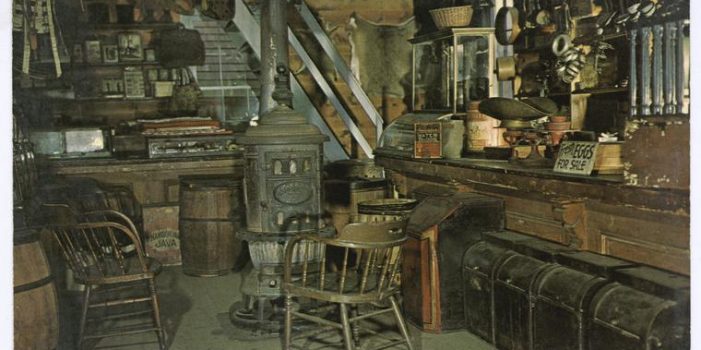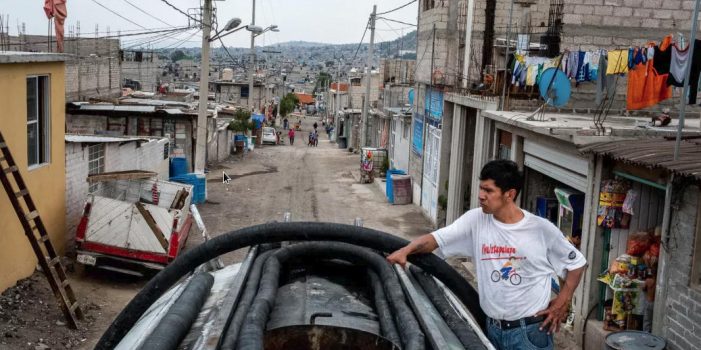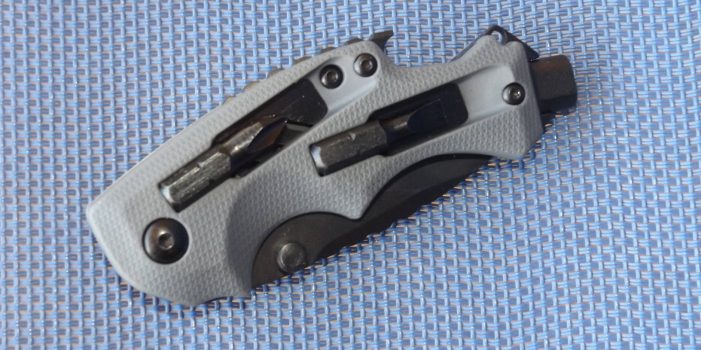SurvivalBlog presents another edition of The Survivalist’s Odds ‘n Sods— a collection of news bits and pieces that are relevant to the modern survivalist and prepper from “HJL”. Cape Town isn’t the only major city suffering from a water shortage. Mexico City is now having problems. (Image copyright belongs to BuzzFeed)
Congressional Anti-Gun Bills Introduced–Time To Start Calling D.C.!
Figuratively dancing in the blood of 17 recent school shooting victims, the newspaper headlines are full of items like this one from D.C.: Seeing chance for momentum, Pat Toomey to reintroduce gun background check bill. That is just one of many. The article includes a huge lie, that the Toomey-Manchin bill “…would have expanded background checks to all firearm sales at gun shows and over the internet…” In fact the bill would mandate background checks and transfers through Federally-licensed gun dealers for sales of all modern (post-1898) firearms in almost any venue. This would even include sales of USED firearms inside of State lines! That means that you couldn’t sell or even give a gun to a neighbor, a nephew, or a cousin. This would be a gross over-reach of Federal jurisdiction. (Since, under the Commerce Clause, Federal jurisdiction is only over interstate commerce, not intrastate commerce.)
Please warn your representatives that any bill that would ban the manufacture gun parts that “accelerate” the legal semi-fire of a gun (such as bump stocks or binary triggers) would be a proverbial “slippery slope.” This is because it would almost surely ban lighter trigger springs, target or “match” triggers, any change that creates faster lock times, shorter trigger throws, shorter/faster trigger resets, or even light bolt carriers! (Ironically, semi-auto dimensioned AR-15 bolt carriers are lighter–and faster to cycle–than M16 “full auto” bolt carriers. This is because they have less mass.)
Also, please remind your congressman and senators that raising the legal ownership age for long guns from 18 to 21, as has been proposed, is absurd. If they were to do that, then it would be logical for them also to revert the minimum voting age to 21, and make the age of sexual consent 21, and the minimum age for military service also 21. If at age 18 someone is old enough to vote and to risk their life serving in the military, then they are old enough to exercise all of their 2nd Amendment rights.
Please contact your congrescritters, and insist that they put no new restrictions on guns. Instead, they should overturn the Federal Gun-Free School Zones Act. (A bill introduced by Congressman Massie would do so.) That rollback of Federal law would free the States to set up programs to arm both teachers and school administrators.
This is the time, folks: Phone them, FAX them, e-mail them, and visit them if you can. Please contact BOTH their local offices and their D.C. offices. Thanks!
Swiss Pikemen
Reader T.J. sent in this interesting video on the historical Swiss Pikemen: Swiss Pikemen: Greatest Soldiers of Medieval Europe
“The Swiss were always celebrated as some of the greatest warriors in the world. They gained great respect beginning with the ancient Roman army and especially from their foes in the Medieval period. The Swiss pike square formation became the model for the modern infantry regiment for nearly 200 years from the 14th to the 16th centuries.
“They were the most sought after mercenaries in Europe and some leaders wouldn’t take the battlefield without some in their ranks. Learn what tactics they used to successfully defend their homeland against all odds. Their legacy still lives to the present day as the Swiss Guard.”
Liberal Duplicity
Reader T.P. sent in this article from the New York Times that profiles a liberal AR-15 owner. He wants you to give up yours, but he’ll keep his. As is typical in the liberal/progressive mindset, they see no issue with having the ability for self-defense reserved for themselves. But you? They don’t trust you and want to use the full force of the government to violate your God-given rights and have you subjugated to an oppressive government. While an interesting read, you won’t really learn anything that you don’t already know about the liberal mindset here. Perhaps just confirmation of why you must fight for your rights.
Continue reading“The Survivalist’s Odds ‘n Sods:”














